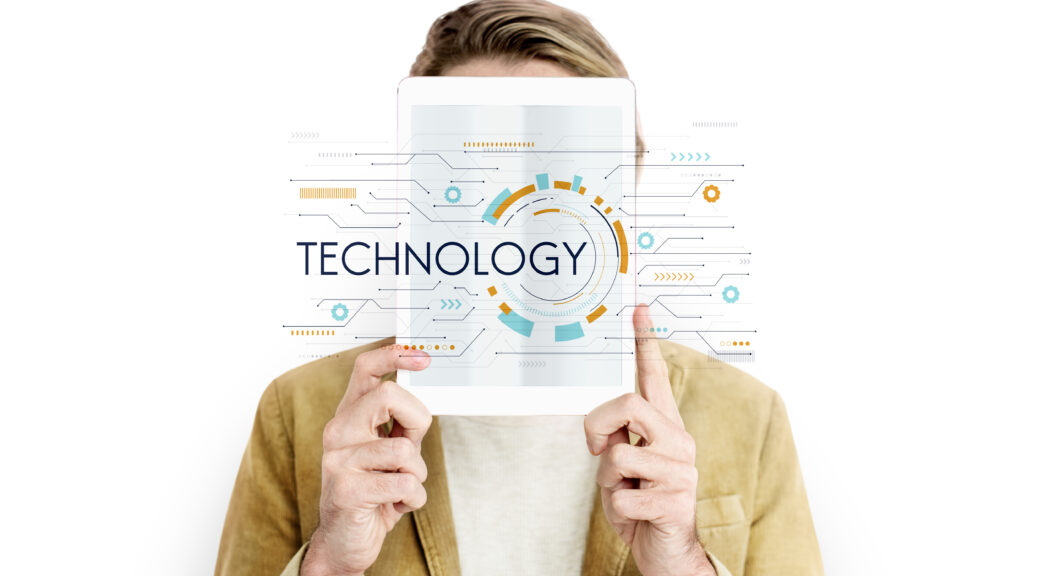
The Role of Technology in Audio Translation Services
The digital revolution has left no stone unturned, and the domain of translation is a prime example. Audio Translation Services, once a manual and time-intensive process, have been dramatically enhanced by technological innovations. From improving precision to optimizing workflows, technology is at the forefront of audio translation’s evolution. Let’s explore the technological advancements that are redefining Audio Translation Services.
1. Speech-to-Text Innovations
Challenge: Manually transcribing audio content can be a lengthy process, especially when handling various languages or dialects.
Solution: Modern speech-to-text technologies swiftly transform spoken content into written form. This foundational step in Audio Translation Services is now faster and more accurate, paving the way for efficient translation.
2. Advanced Machine Translation Engines
Challenge: The sheer volume of audio content produced daily demands a quicker translation approach than traditional methods.
Solution: Today’s machine translation engines, driven by neural networks and sophisticated algorithms, offer near-instantaneous translations. While human intervention remains crucial for context and nuance, these engines provide a rapid starting point.
3. Collaborative Platforms in the Cloud
Challenge: Effective audio translation often requires input from multiple professionals, spanning different expertise areas.
Solution: Cloud platforms facilitate seamless collaboration among translators, reviewers, and clients. This real-time collaboration ensures translations are both accurate and tailored to specific needs.
4. Tools for Ensuring Translation Quality
Challenge: Maintaining a consistent and high-quality translation is essential, especially for businesses aiming for a unified global presence.
Solution: Contemporary quality-check tools integrated within Audio Translation Services automatically scan translations for potential inconsistencies, errors, and terminology alignment, ensuring top-tier output.
5. Modern Text-to-Voice Systems
Challenge: Post-translation, reconverting text into natural-sounding audio presents its own set of challenges.
Solution: Cutting-edge text-to-voice systems can transform translated content back into audio, ensuring the output is fluent and retains a natural cadence, ideal for multilingual voiceovers or dubbed content.
6. Instantaneous Audio Translation
Challenge: Providing on-the-spot translation during live events or conferences for a global audience can be daunting.
Solution: Combining speech-to-text and machine translation technologies, some Audio Translation Services now deliver real-time translations, enabling attendees to access immediate translations via devices or headphones.
7. Adaptive Learning in Translation Systems
Challenge: As languages evolve and the nuances of translation shift, keeping translation systems updated is imperative.
Solution: Many of today’s translation tools employ adaptive learning algorithms. These systems evolve based on feedback and corrections, continuously enhancing their translation capabilities and adjusting to linguistic changes.
Wrapping Up: The Confluence of Technology and Audio Translation
The fusion of technology with Audio Translation Services exemplifies innovation’s transformative power. As we witness further technological leaps, the potential of Audio Translation Services will only grow, making cross-lingual communication more streamlined and accessible.
In our globalized world, bridging language barriers is more crucial than ever. With the aid of technology, Audio Translation Services are not just simplifying this bridge-building but also expanding its scope, ensuring every voice is acknowledged and understood, irrespective of linguistic differences.